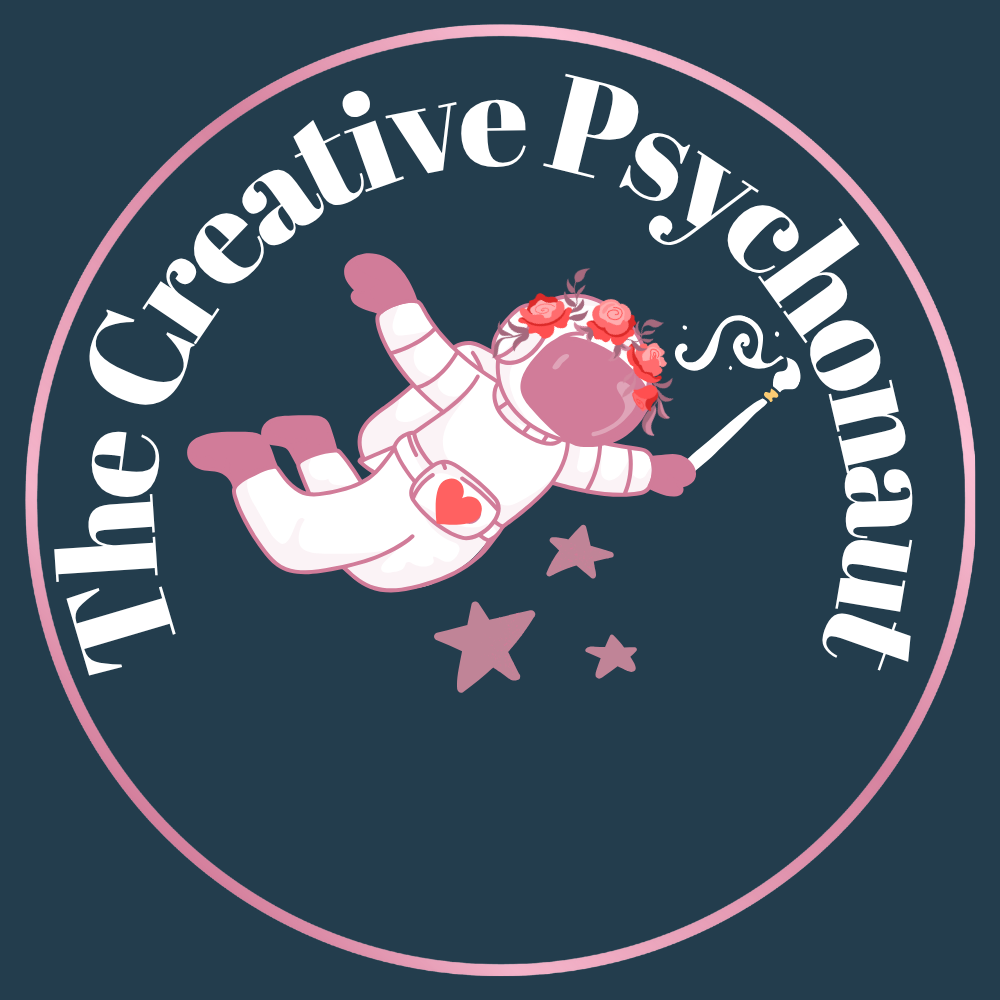The Brain on Art + Psychedelics: Why This Combo Heals Deeper
You’ve likely felt it:
That electric sense of connection after a ceremony.
That surge of insight after a vision.
That unexpected release when your hand moves across the page in a painting or sketch, expressing what words can’t.
But what’s actually happening in the brain when we combine psychedelics and art-making?
Let’s break it down.
Psychedelics Boost Neuroplasticity—The Brain’s Ability to Change
One of the most exciting findings in psychedelic research is that compounds like psilocybin, ayahuasca, and LSD increase neuroplasticity—your brain’s ability to form new connections and reorganize old patterns.
A 2021 study in Cell Reports (Shao et al.) found that psilocybin increased dendritic growth in the prefrontal cortex of mice, with those new connections persisting for weeks.
Johns Hopkins researchers (2018, Davis et al.) found sustained improvements in depression and well-being after a single psilocybin session—suggesting long-term brain changes were taking place.
This means that after a psychedelic experience, you are in a window of openness.
A time when the brain is more malleable—more able to rewire habits, release trauma, and embed new beliefs.
Art-Making Also Sparks Neuroplasticity and Emotional Processing
Art therapy isn’t just emotional—it’s neurological.
Creating art has been shown to:
Activate the default mode network (DMN) in new ways (Bolwerk et al., PLOS ONE, 2014)
Engage both hemispheres of the brain, improving emotional regulation and self-awareness (Zaidel, 2010)
Reduce cortisol levels and calm the nervous system (Kaimal et al., Art Therapy Journal, 2016)
Enhance meaning-making and memory, allowing people to anchor insights more deeply
When you draw, paint, collage, or sculpt—you are physically changing your brain.
You’re externalizing inner experiences, creating new pathways for understanding and release.
Why Art + Psychedelics Together Are a Powerful Integration Tool
Individually, psychedelics and art both expand consciousness.
But together, they help you translate the ineffable into something you can see, touch, and remember.
You are anchoring memory through multisensory engagement.

